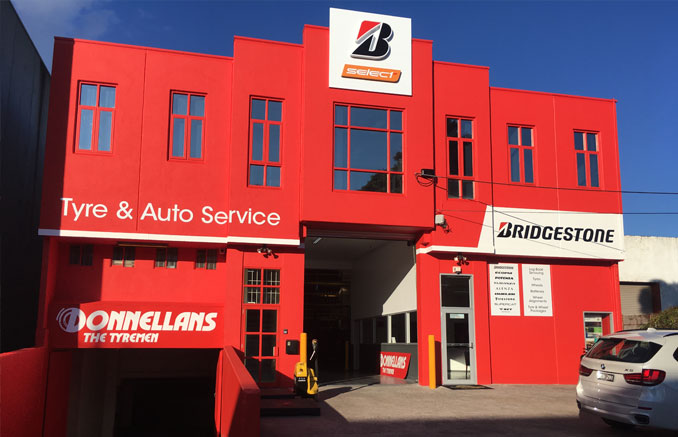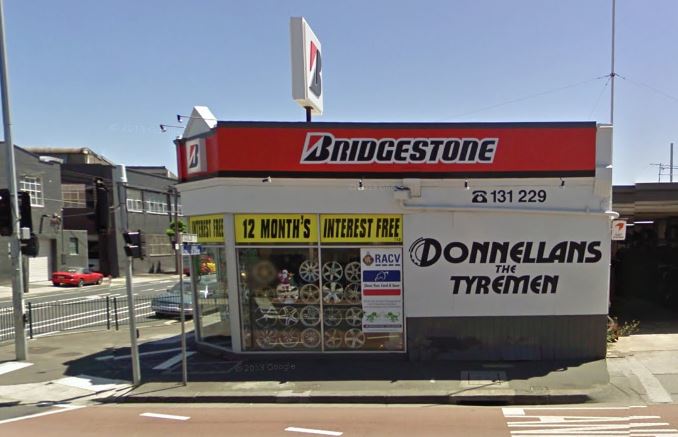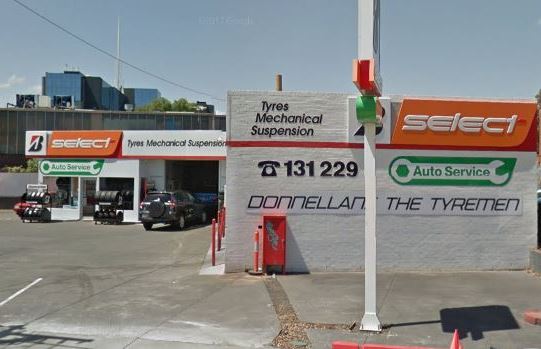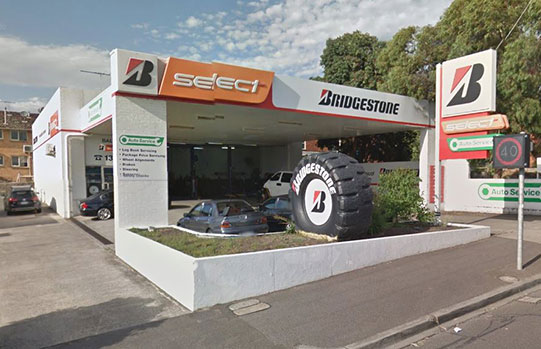Back to Latest News
Check your vehicle lights.
Coming into winter and the wetter, darker months, it’s absolutely essential to make sure that your vehicle lighting is working correctly and that all your exterior lights are functional.
Vehicle lighting is all about safety, in that both being able to see and being seen are equally important when it comes to being on the road.
Most of the lights on your vehicle can be checked by yourself, however, for some lights such as the brake lights, it helps if you have an assistant.
If you notice a globe that isn’t working, depending on the vehicle it can be an easy 2-minute fix or a real ordeal to get to the problem bulb to replace it. If you need assistance looking at the lights on your vehicle, contact the experts at Donnellans the Tyremen today!
.jpg)
Let’s take a look at the different lights on your vehicle, why they’re there and how they perform different functions.
Headlights
When people think of vehicle lighting, headlights are the first ones that come to mind. By far the most powerful lights on your vehicle, the role of headlights is to light up the road in front of you at night time, as well as when driving in poorly lit areas. Headlights are also extremely useful in wet weather conditions. Particularly when you’re driving in the spray thrown up from other vehicles on the road.
Most vehicles on the road now have self-levelling headlights that can adjust the angle depending on road conditions and how heavily the vehicle is loaded, but a lot of older cars must have the headlights adjusted manually. You should check your headlights every time you get new globes installed.
Some vehicles use a different bulb for both high and low beam, while others use a combination bulb with multiple filaments. Each vehicle is different but by searching in your owner's manual, or on the back of your headlight housing, there will be an adjustment screw where the beam of light can be adjusted up and down, and sometimes side to side.
.jpg)
To adjust your headlights, simply find a flat and level surface such as a vacant car park, and park your vehicle 10 to 15 meters away, facing a wall. Then, adjust your headlights so that the ‘hot-spot’ of the beam is slightly lower than the height of your car headlights. Your low beam should point ever so slightly down, to avoid blinding oncoming vehicles.
Daytime running lights
A bright light source makes vehicles more visible, even on a bright sunny day. Drivers know this, and as more and more people are using headlights during the daytime to make their vehicles more visible to other traffic and pedestrians, automakers have taken notice and started equipping vehicles with daytime lights, or DRL’s for short.
These are low power lights with a longer lifespan than traditional headlights and are designed to be used during the day. DRLs typically dim themselves or switch off completely when vehicle headlights are used.
DRL kits are a popular mod for older vehicles to help improve safety and visibility.
Fog Lights
Fog lights are commonly found on higher trim levels or listed as a factory option on most vehicles. Fog lights are usually very low down on the bodywork, as close to the ground as practicable and either emit yellow or white light.
Fog lights are typically either yellow or a warm white colour, as those colours are less harsh on human eyes and cause less eye strain. They work the best during fog, dust, mist, sandstorms or snow.
The reasons why fog lights are so far down is that the further away they are from the drivers’ point of view, the less glare is directed back into the windscreen, so you can take full advantage of the increased light output.
Indicator lights
Indicator lights perform double duty, they are used to signify your intention to other road users about where you want to drive, whether it’s a lane change or turning a corner.
All vehicles will have a pair of indicators on the front, a pair on the rear and a pair on the sides. The side indicators are usually placed on the front fenders, behind the front wheels, or there may be indicators installed in the side mirror housings.
In Australia, indicator lights are mandated to be an orange colour, although you may see imported American vehicles or older vehicles with red indicator lights on the rear.
Brake lights
Arguably the second most important set of lights on a vehicle are the brake lights. These are used to signal to other drivers that your vehicle is slowing down or stopped.

In the mid-1980’s, the addition of a 3rd, central brake light was introduced into most states roadworthy legislation. Vehicles made after this period must have at least 3 working brake lights.
Often when driving at night, the only signs of a vehicle in front are the telltale red lights and the faint glow of the rear license plate lights, speaking of;
Number plate lights
In Australia, rear number plates must be illuminated by a light, so that they may be read at night time. The lights come on with the park lights and stay on with the headlights.
Park lights
Pretty much the only lights on your car that don’t get used for their intended purpose anymore are your vehicle’s park lights.
Originally intended to be left on while your vehicle was parked in dimly lit areas as a safety feature, the original use of these lights has been replaced by coloured reflectors that use other vehicles' lights to indicate potential hazards.
Rear park lights are often integrated into the rear brake light assemblies where the lights will have two levels of brightness to signify when a vehicle is braking.
Donnellans the Tyremen
If you do a quick check on your vehicle in the driveway and find a light that isn’t working as expected, don’t risk a fine or even a defect notice, have it fixed right away. Donnellans the Tyremen offer a range of mechanical services including logbook servicing, tyre balancing, wheel alignments as well as a range of high-quality wheels and tyres.
We have 5 locations across south-east Melbourne so find your nearest store below!
Contact us today!






.jpg)
.jpg)
